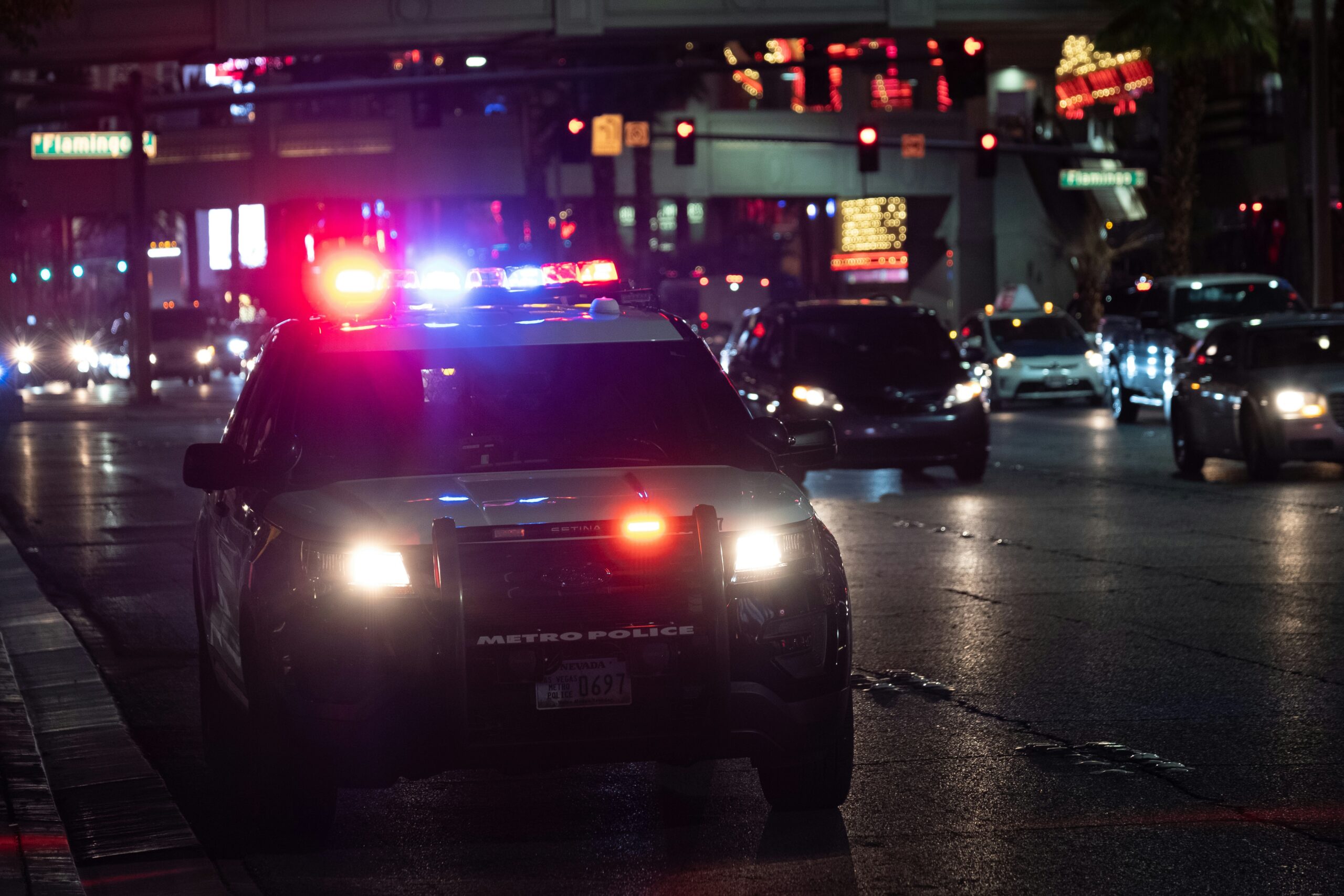Throughout my personal criminal justice career which began in 1968 as a Camden City, New Jersey, Police/Fire Alarm Operator, and known by most today as a Police Dispatcher. Later, after college, I continued my criminal justice career as a police officer and advanced through several ranks and retired as a Deputy Police Chief. Today, I am blessed to continue as a college professor for criminal justice. Changes and transformation have occurred and continue to occur on all levels of policing.
For example, back in the day as many will recall, police departments across the country responded to every emergency call received from telephone calls received on a PBX (Phone Board Exchange ) or other similar telephone system. In my case it was Emerson 5-2323 and later became known as 365-2323. Later still, a new three digit 9-1-1 System was implemented with the installation of several major ‘trunk’ lines that could rout calls to the police department. Time was limited for those calling. Community members no longer needed to place coins into a pay phone. You had about three (3) minutes to inform the police operator what was the emergency. I remember as a young police officer I was told to always have a dime to make a call when I first began my career. With the 9-11 System, if you spoke quickly you could ‘call in’ to your Communications Center, but after Three minutes your phone would cut off. As time progressed this would be replaced with an ‘Enhanced’ or ‘Emergency/ 9-1-1 System’ which would upgrade the information available to dispatchers and ultimately police officers responding to any emergency.
Throughout the community, telephone ‘party lines’ were soon to become single home phones. So-called landlines would be replaced with satellite cell phones and technology could ensure anyone the required emergency assistance could call 9-11 by cell and the correct public safety agency would respond. Today, we have transformed to WIFI networks and Cell phones. While the overall phone system was experiencing a transformation, most police two-way radios were transforming as well. Early classifications or band widths for emergency broadcasts designated by the Federal Communications Commission would change and expand the early radio ranges of 155 Megahertz for two way radios to allow upgrades to 460 – 480 Megahertz, allowing both data and voice to be utilized. This band would employ the use of what was known as a Repeater. Repeaters were strategically placed throughout the jurisdiction to boost the radio signal for both hand-held radios and vehicle. So-called ‘dead spots’ because of tall buildings and such were eliminated and greatly enhanced safety for the officers. A new gadget known as a Teleprinter was installed in a police patrol vehicle and print long messages on paper to the police officer on patrol and negate the need for long General Broadcasts over the radio system. Descriptions for stolen vehicles and wanted persons are examples. If the officer was out of the vehicle the message was there upon return. Officers if working alone in a vehicle no longer had to find a safe spot to park to write down the descriptions from a Local Radio Broadcast. The use of the Repeater System could enhance the quality of the transmissions to and from each officer. Continued advancements and soon the police department knew who was calling into the Communications Center and the location. Additionally, broadcasts could go out on one frequency and the response was sent on another frequency, that eliminated many monitors. Next, entered in the age of the 800 Megahertz, coupled with cell phone abilities which continue to advance the world of Emergency Police Services.
The use of radio communications for policing or the ‘lifeline’ of law enforcement has continued. The police agency has invaluable data that adds to the safety of the officer. This is a far cry of the Early 1900’s when a light was place on to alert an officer of an emergency in many towns, to a system of one-way broadcasts and later two-way broadcasts. The elaborate system today has transformed to license plate readers and other technology.
Crime Analysis has had a similar historical development over a very relatively short period of time. Let us not forget the advent of Compstat. This program began with a collection of what we knew as plastic ‘floppy discs’ and were compiled to show crime patterns. This immensely successful program would transformed from the New York City Police Department and lessen the crime rate dramatically.
The transformation through the development of Compstat, Directed Patrol Programs, Hot Spot Policing and Intelligence Policing all had their beginnings from the use of ‘pin maps.’ Pin maps for any type of activity could provide intelligent information to prevent criminal, deviant, or event traffic patterns. Today, this process has transformed to weekly, monthly, and annually patterns that can predict potential crime patterns. Random and high visibility patrol tactics has developed and been refined through so-called artificial intelligence.
As mentioned, installing cameras that can read license tags to identify stolen vehicles and wanted persons will become more common place moving forward. Facial recognition and DNA as well as cellular phone tracing adds invaluable tools for police investigators. Credit Card and bank records are well known methods. And yes, EZPass records are becoming more popular to trace individuals. The ability to control a vehicle by satellite is becoming more viable through programs such as On-Star and other similar programs. The transformation of police services continues in all areas.
We all knew this was coming.





